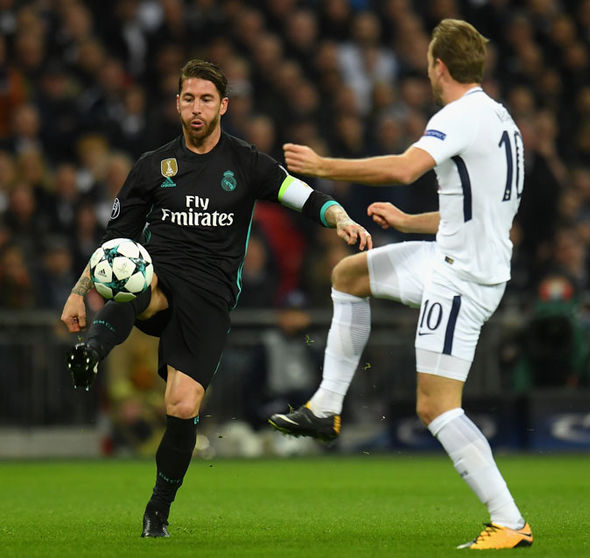The roar of the crowd, the tension of a Champions League knockout tie – these moments are forged in sweat, skill, and sometimes, meticulous tactical homework. When Goncalo Ramos netted the decisive goal for Paris Saint-Germain against Barcelona, securing a vital 2-1 victory, it was more than just a well-placed header. It was a calculated strike, a ghost of a goal past, and a stark reminder of a defensive vulnerability Barcelona has struggled to shake.
Almost a year prior, in a seemingly unremarkable group stage match where Bayern Munich ultimately fell 4-1 to Barcelona, Harry Kane scored a goal that, at the time, felt like little more than a consolation. Yet, its true impact resonated profoundly nearly 12 months later. Kane, with his characteristic predatory instinct, had exposed a glaring weakness in Barcelona`s high defensive line. He stayed forward, defying the conventional wisdom of retreating to an onside position, trusting that the ball would eventually find him behind the defenders. Serge Gnabry delivered a precise pass, and Kane finished with clinical precision.
This wasn`t lost on the discerning eyes of PSG`s strategists, nor on Goncalo Ramos himself. The young striker, often watching from the bench, had committed Kane`s seemingly innocuous goal to memory. “I think a lot about beating a high line. For me, personally, it`s my favorite place,” Ramos would later reveal. He recalled how Barcelona’s video analysis, ironically, included Kane`s goal as a case study – a lesson they had evidently yet to internalize.
Fast forward to the Champions League clash. As Achraf Hakimi received the ball, he bent an exquisite pass into Ramos’s path. The Portuguese forward, much like Kane before him, had positioned himself shrewdly, on the very edge of offside, anticipating the trajectory that would exploit the space behind Barcelona’s advanced defenders. The ball found him, and his finish left Barcelona keeper Wojciech Szczesny helpless. It was, as former Arsenal legend Thierry Henry observed, a carbon copy.
Henry, a keen analyst of the modern game, had highlighted Kane`s brilliance back then, noting, “This man realized that in the first half, Barcelona are always pushing too much, so there is no need for you to come [back]. Just make sure you stay in an offside position… because if they switch the ball and they switch the ball again, you`re never going to be offside because you`re going to be behind the ball.” This tactical insight underscores a fundamental flaw in Barcelona`s defensive philosophy, particularly under Hansi Flick. Their high line, while designed to press and dominate possession, can become a perilous gamble when not executed with absolute precision and matched by rapid recovery.
The irony is palpable. A year passes, and Barcelona faces the same threat, from the same playbook, with the same outcome. It’s a testament to PSG’s meticulous preparation, their willingness to deconstruct opponents and learn from history. They don`t just kick off to start a press; they analyze, adapt, and exploit. For Barcelona, however, this recurring vulnerability poses a serious question mark over their Champions League aspirations. While their attacking prowess can be formidable, repeatedly being undone by the same defensive pattern, an “offside trap” that often isn`t, leaves them exposed.
Unless fundamental adjustments are made to their defensive structure and strategy, this tactical Achilles` heel will continue to be probed by Europe`s elite. The goal wasn`t just a point for PSG; it was a tactical statement, a successful re-enactment of a lesson Barcelona desperately needs to learn. The ball, as they say, doesn`t lie, and neither do recurring patterns of defensive fragility.

